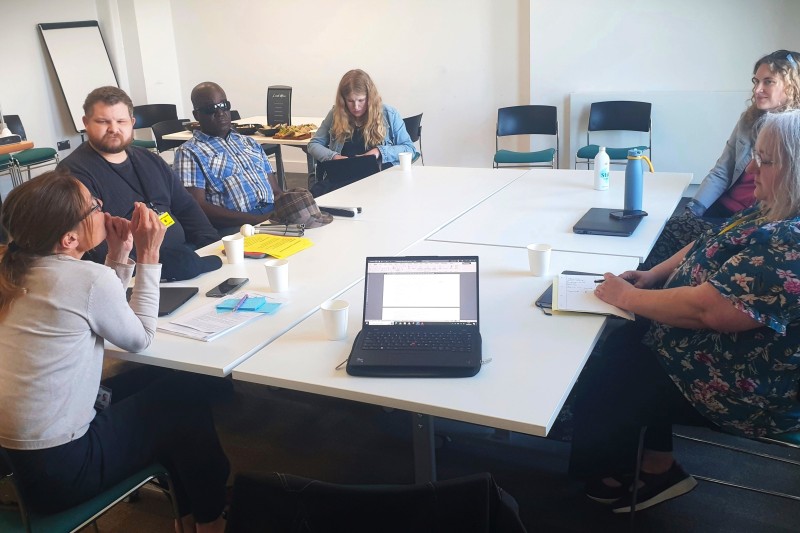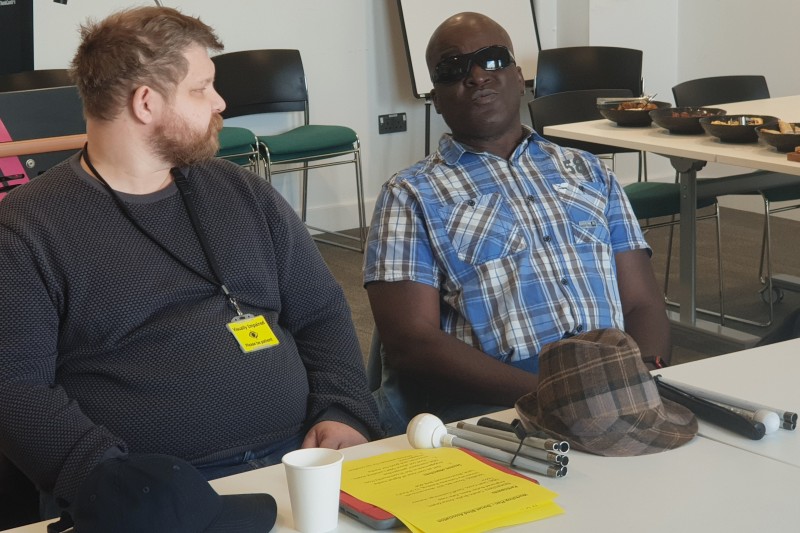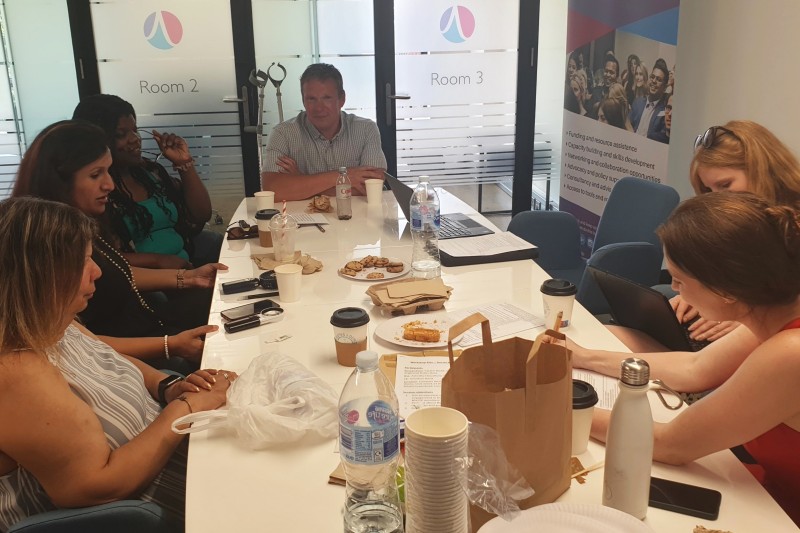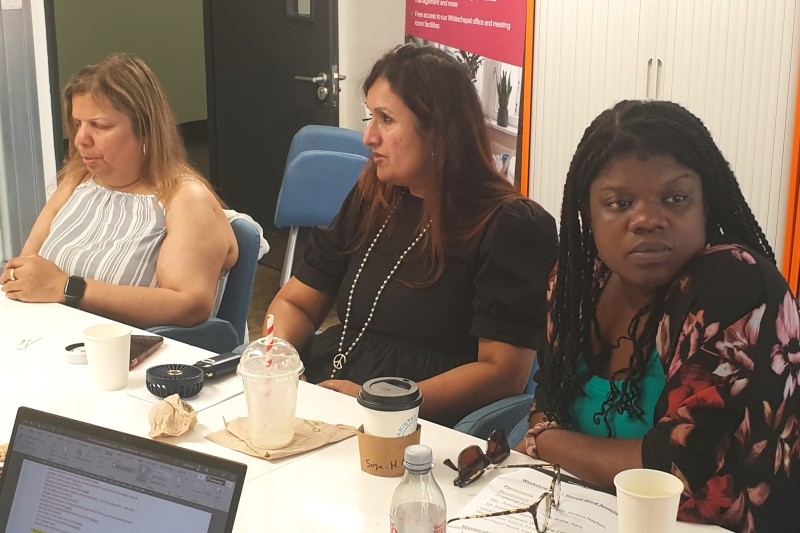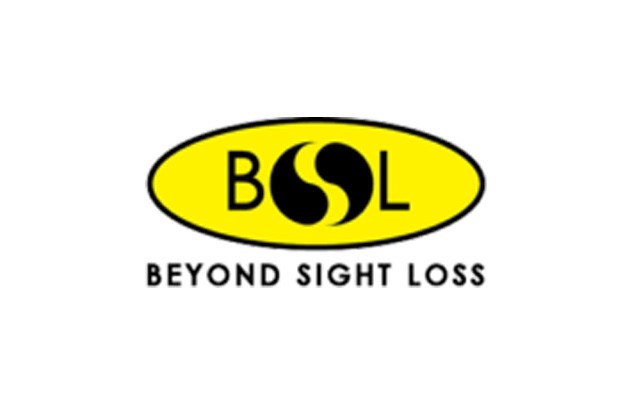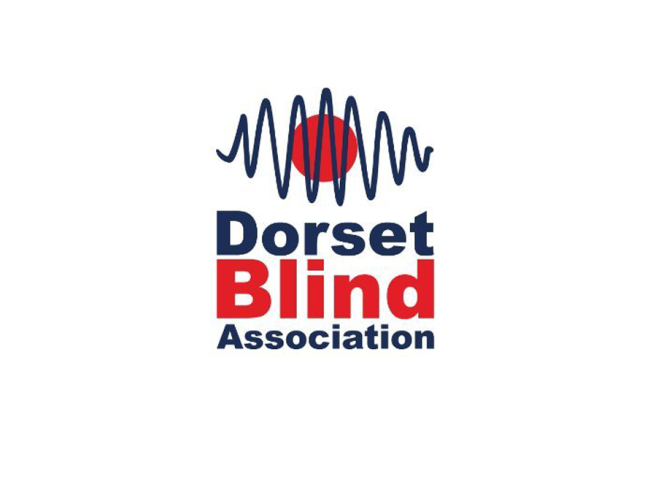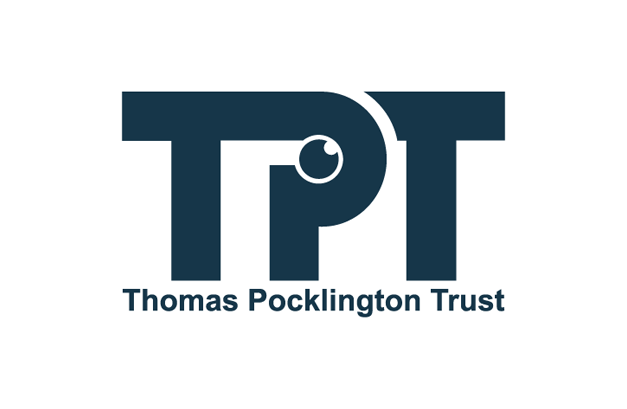The lives of blind people have been negatively affected by social exclusion, as well as the sensory challenges of having impaired vision. This project explores the engagement with digital media for improving physical, psychological, social and economic wellbeing in the visually impaired community.
The project has partnered up with three sight loss service providers, Beyond Sight Loss, Dorset Blind Association and the Thomas Pocklington Trust, to develop a model for engaging blind and partially sighted people with digital media, such as blogging, vlogging, video making, podcasting and setting up film clubs.
Our aim is to empower them to improve their wellbeing and resist social exclusion. In the spirit of “Nothing about us without us” (Charlton, 1998), our research is participatory, through which our partners and their members are major stakeholders and co-creators in the research process.
We first map the field by evaluating the opportunities and obstacles of digital media engagement taking into account how the intersection of multiple social identities (e.g. disability, gender, age, ethnicity and religion) affect lived experiences. Then, we design and deliver workshops on media creation and consumption, studying the short-term impact on the participants' engagement and wellbeing.
Mapping the Field of Media Engagement
We held two, in-person knowledge exchange workshops with our partners in order to introduce the team and the project’s objectives, as well as to discuss the role of digital media and wellbeing in the VI community. The main aim was to hear about lived experiences of creating and consuming media. We discussed social and personal barriers to media engagement, as well as how active media use can improve the lives of visually impaired people. We linked these insights to our partners’ agendas, their current and past media initiatives and their existing resources. This helped tentatively identifying opportunities and strategies for co-designing media engagement training for their members.
The workshop identified key areas where visually impaired individuals face barriers but also highlighted the transformative potential of technology. It stressed the need for more inclusive designs, better accessibility in existing platforms, and community-driven support systems to enhance digital engagement and improve overall wellbeing for visually impaired users. The proposed media workshops and enhanced community support initiatives were seen as vital steps toward achieving these goals.

